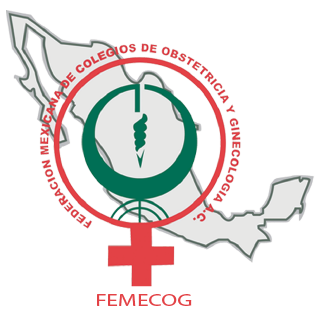

ISNN - 0300-9041
ISSNe - 2594-2034
Indizada en: PubMed, SciELO, Índice Médico Latinoamericano, LILACS, Medline
EDITADA POR LA Federación Mexicana de Colegios de Obstetricia, y Ginecología A.C.
FUNDADA POR LA ASOCIACIÓN MEXICANA DE GINECOLOGÍA Y OBSTETRICIA EN 1945
INFORMACIÓN EXCLUSIVA PARA LOS PROFESIONALES DE LA SALUD
Metástasis mamaria de linfoma de células del manto
Periodicidad: mensual
Editor: José Niz Ramos
Coeditor: Juan Carlos Barros Delgadillo
Abreviatura: Ginecol Obstet Mex
ISSN: 0300-9041
ISSNe: 2594-2034
Indizada en: PubMed, SciELO, Índice Médico Latinoamericano, LILACS, Medline.
